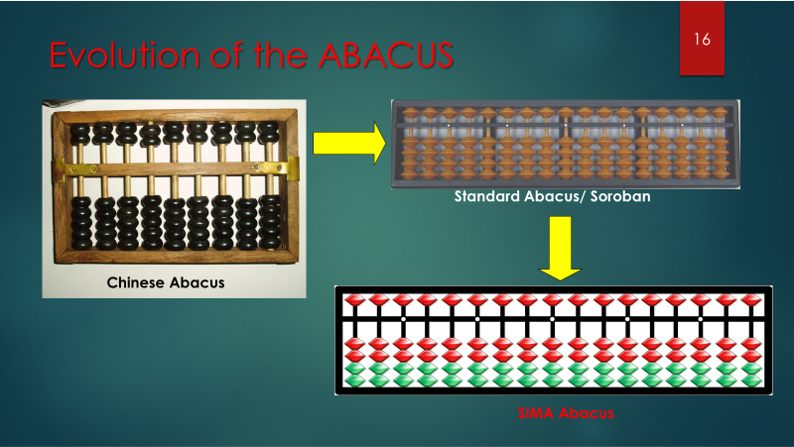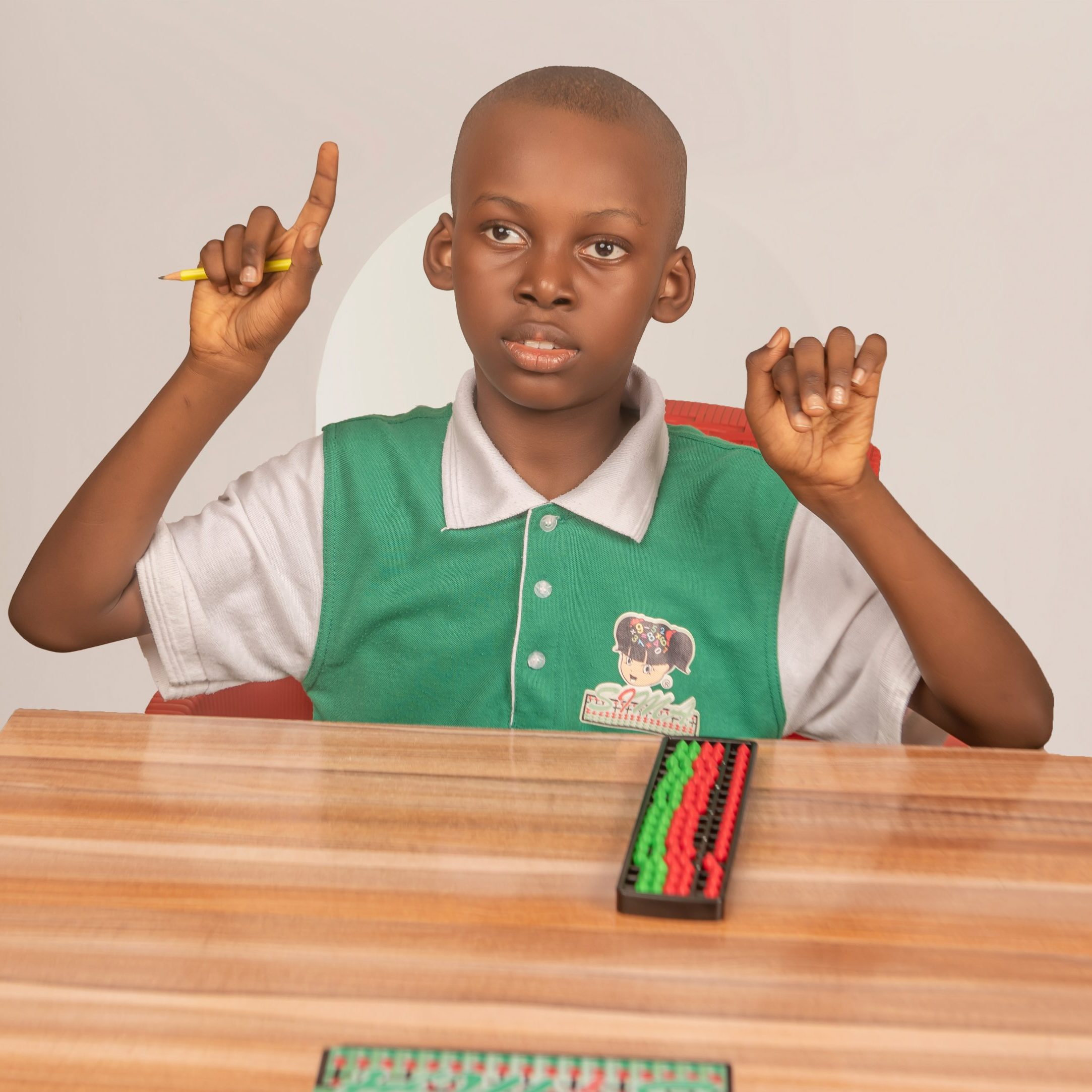History of Abacus.
The abacus (plural: abaci or abacuses), also called a counting frame, is a calculating tool that has been used since ancient times. It was used in the ancient Near East, Europe, China, and Russia, centuries before the adoption of the Hindu-Arabic numeral system. The exact origin of the abacus has not yet emerged. It consists of rows of movable beads, or similar objects, strung on a wire. They represent digits. One of the two numbers is set up, and the beads are manipulated to perform an operation such as addition, or even a square or cubic root.
In their earliest designs, the rows of beads could be loose on a flat surface or sliding in grooves. Later the beads were made to slide on rods and built into a frame, allowing faster manipulation. Abacuses are still made, often as a bamboo frames with beads sliding on wires. In the ancient world, particularly before the introduction of positional notation, abacuses were a practical calculating tool. The abacus is still used to teach the fundamentals of mathematics to children, for example, in Russia, China, Japan, India, etc.
Designs such as the Japanese soroban have been used for practical calculations of up to multi-digit numbers. Any particular abacus design supports multiple methods to perform calculations, including addition, subtraction, multiplication, division, and square and cube roots. Some of these methods work with non-natural numbers (numbers such as 1.5 and 3⁄4).
Although calculators and computers are commonly used today instead of abacuses, abacuses remain in everyday use in some countries. Merchants, traders, and clerks in some parts of Eastern Europe, Russia, China, and Africa use abacuses. The abacus remains in common use as a scoring system in non-electronic table games. Others may use an abacus due to visual impairment that prevents the use of a calculator.
History and Evolution of the Abacus

The abacus has over 5000 years history with the ancient civilisation of Greek, Roman, Babylonian and Egyptian counting devices (between 3000 - 4000 BC) becoming the basis for the formulation of the Chinese Abacus (Suan-pan) in the year 1200. The Chinese abacus is a wooden 2/5 beads abacus.
The abacus continued to undergo more evolutions in Line-board (1400), Schoty (1600) and in 1930 became Soroban after the Chinese abacus was introduced to Japan. The Japanese modified the Chinese abacus to a wooden or plastic 1/4 beads abacus called the Soroban by the Japanese people or standard abacus by non-Japanese students.
In 2014, after lengthy studies, researches and experiments, the SIMA Abacus team came up with the SIMA Abacus. The SIMA Abacus is a 1/4 beads, wooden or plastic, multi-coloured, Red and Green beads abacus with black frame.
The SIMA Abacus through its photo vision to the right brain increases Clarity, Speed and Accuracy more than the standard abacus.
Again, the colourful nature of the SIMA Abacus attracts kids and makes learning fun. The SIMA Abacus Academy has sole right on the “SIMA Abacus”.
Do you Want to UNLEASH the INTELLIGENCE in your CHILD?
Click to Get Started or Fill out The Contact Us Form and we will get in Touch!!

